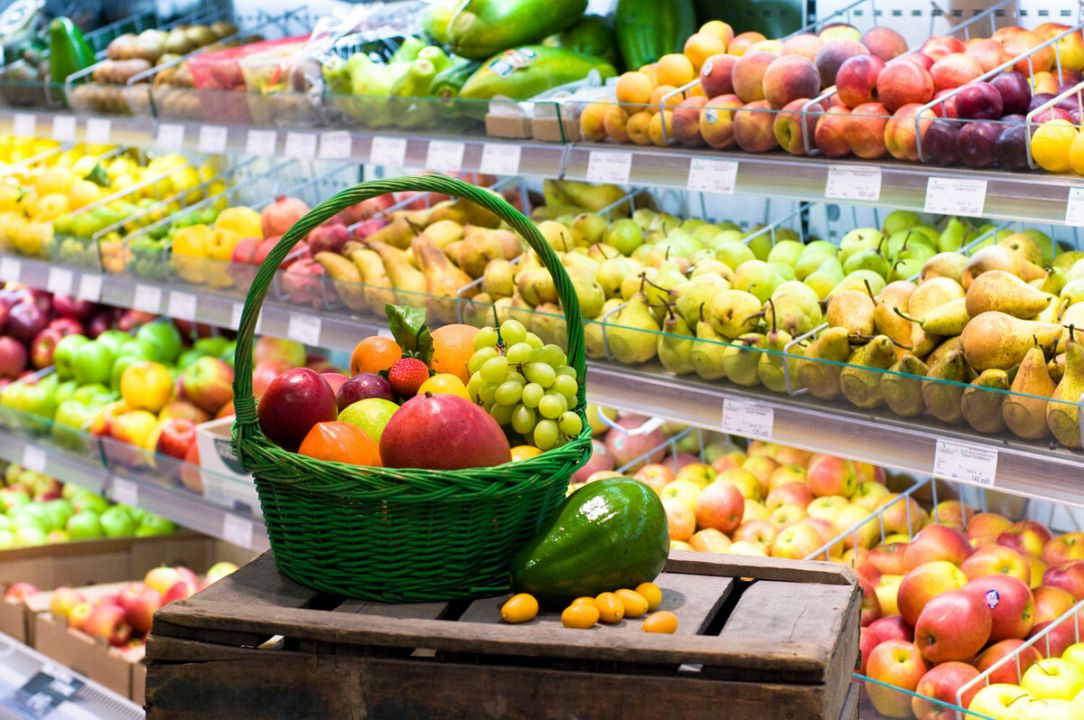When we go to the grocery store after a long working day, the last thing we want is to try to read the ingredient information written in the tiniest font. Researchers say that only 15% of people actually pay enough attention to the nutrition info on the products they buy.
We found some examples of tactics that try to hide the truth about our food from us.
Baby food can be more sugary than we expect
When it comes to baby food, the products that are advertised as “healthier” options might, in reality, be high in sugar, as they contain fruit, not only veggies. But we see “vegetable tastes” on the labels and believe that those are better for the kids. Such products can also claim to be “sugar-free” when, in fact, added fruits mean that the products are actually high in sugar.
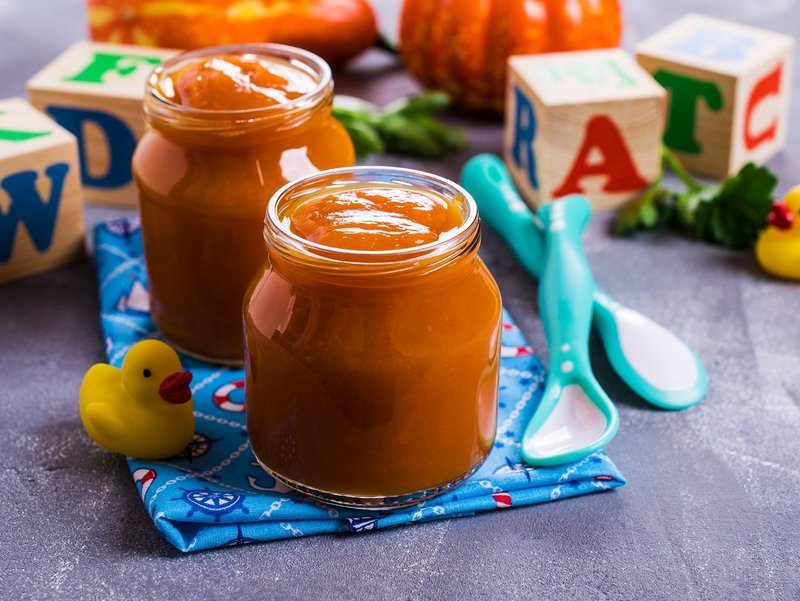
Being “cage-free” isn’t as good for the chickens as it seems
When we see labels like “free-range” or “cage-free” on egg cartons, we tend to think that chickens on such farms are living in 5-star hotel-like conditions. Unfortunately, it’s far from the truth. Those labels don’t really force farmers to let the birds roam free as much as they want (in fact, they can spend 5 minutes a day outside and still be considered “free-range”).
What’s worse, in this case, is that some cruel practices can be used, like cutting beaks or starvation of chickens to change their laying cycle. If you want to buy eggs from animal-friendly producers, you should look for those that participate in animal welfare certification programs.
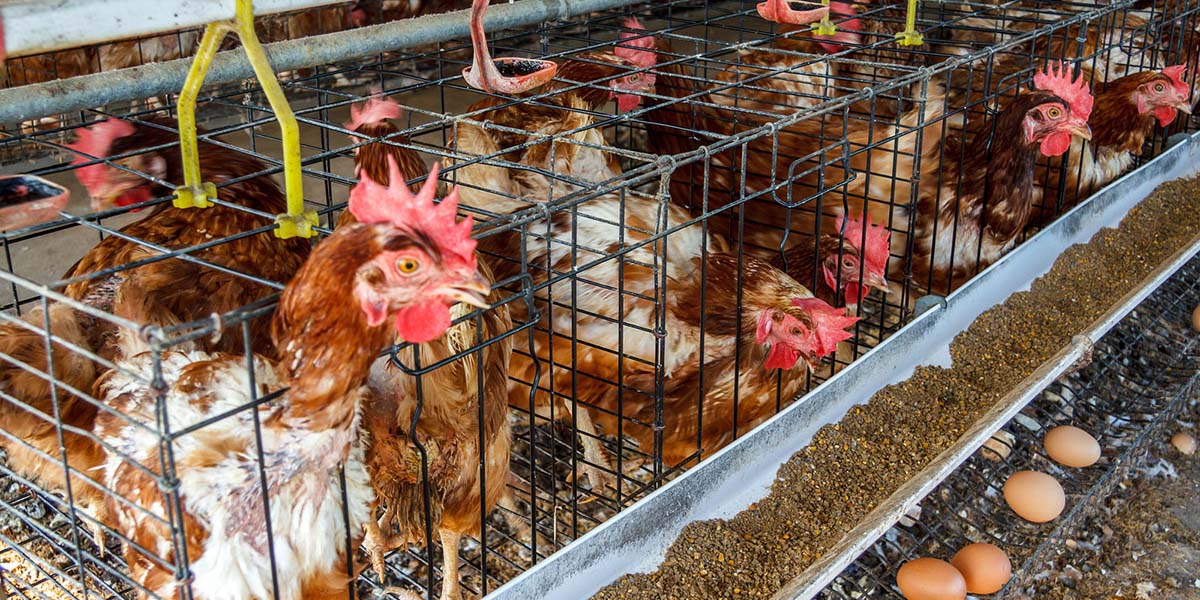
A “no nitrates” label doesn’t guarantee safety
“No nitrates” is a label you can frequently see on meats. While nitrates are actually harmful and it’s a good thing that they aren’t invited to your BBQ, it doesn’t guarantee that the meat is 100% safe. In addition to nitrates, your food should also be free of sulfates, phosphates, BHT, BHA, etc. Read the labels attentively in order to find safe products and avoid eating processed meat if possible.
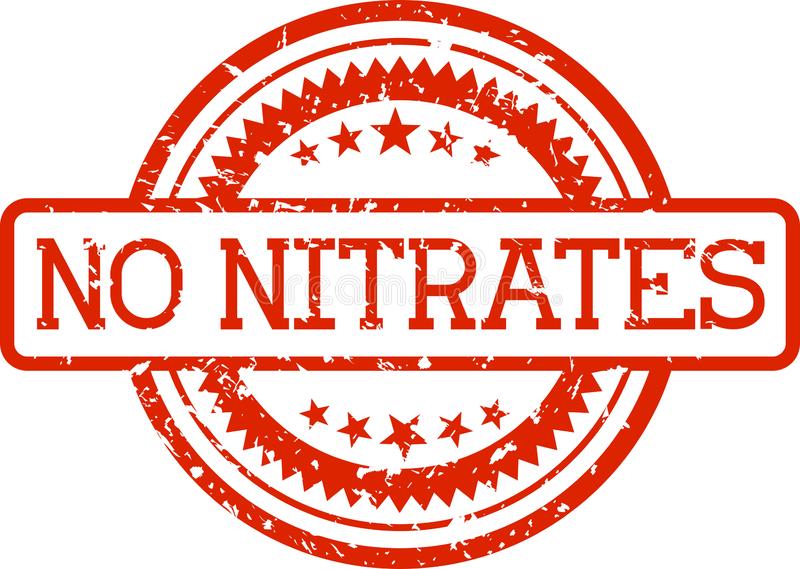
Being “fat-free” doesn’t mean there’s actually no fat
Food that is “free” of certain ingredients doesn’t necessarily contain none of them, be it fat, sugar, or cholesterol. Rules allow manufacturers to list something as fat-free if it contains 0.5 grams of it per serving — the same goes for sugar. As for cholesterol, an item can have 2 milligrams of it per serving.
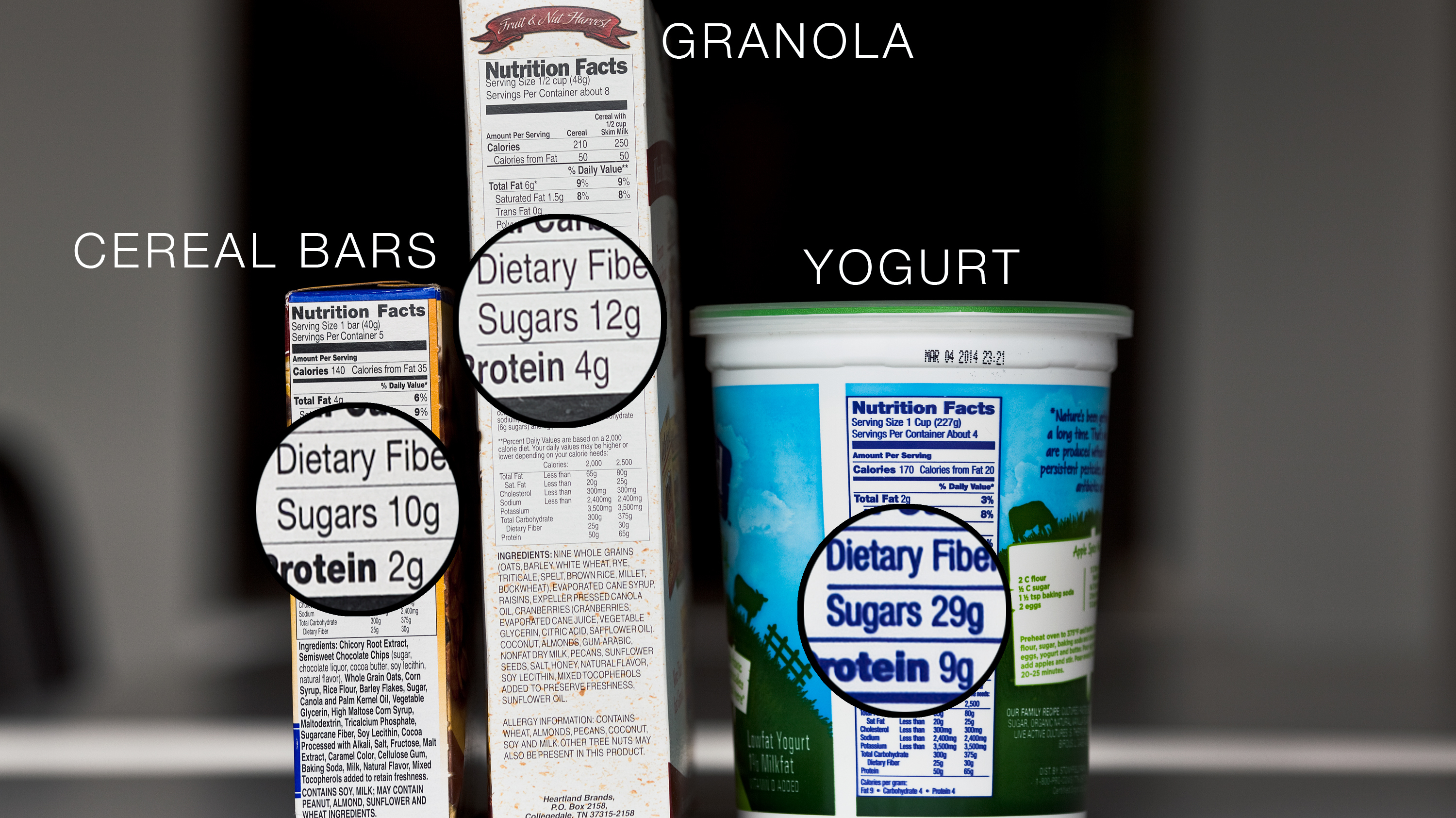
Labels that say “natural” and “light” can be misleading
Another word that is a good marketing tool that doesn’t have much substance behind it is the word “natural.” Specialists say that there are no legal implications for using this word on the label. On the other hand, using the word “light” is regulated, but it concerns fats only. So highly processed sugary sweets can legally be called “light” and seem rather healthy, but they aren’t really.
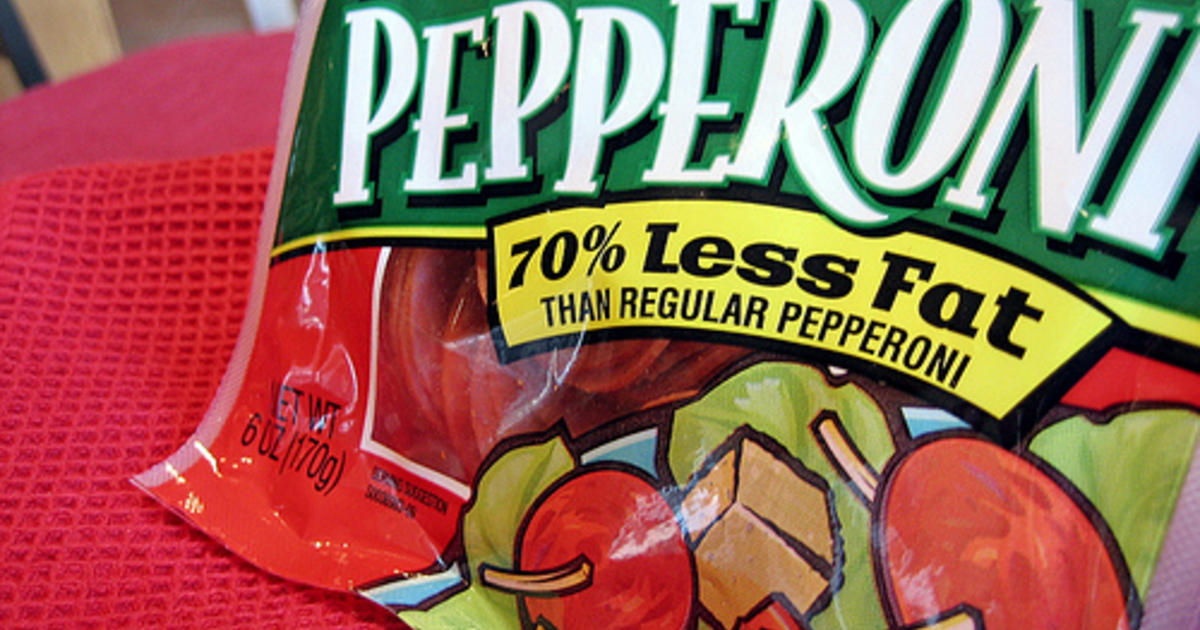
Not all products with whole grains are equally good for you
Whole grains are something we should all try to eat more of. They lower the risk of heart disease, obesity, type 2 diabetes, and have other benefits. But finding them in our food is not easy. Even though many products have labels with the words “whole grains” on them, their proportion can be insignificant. Look for the products with “100% whole grain” claims or a grain listed first on the ingredient list.
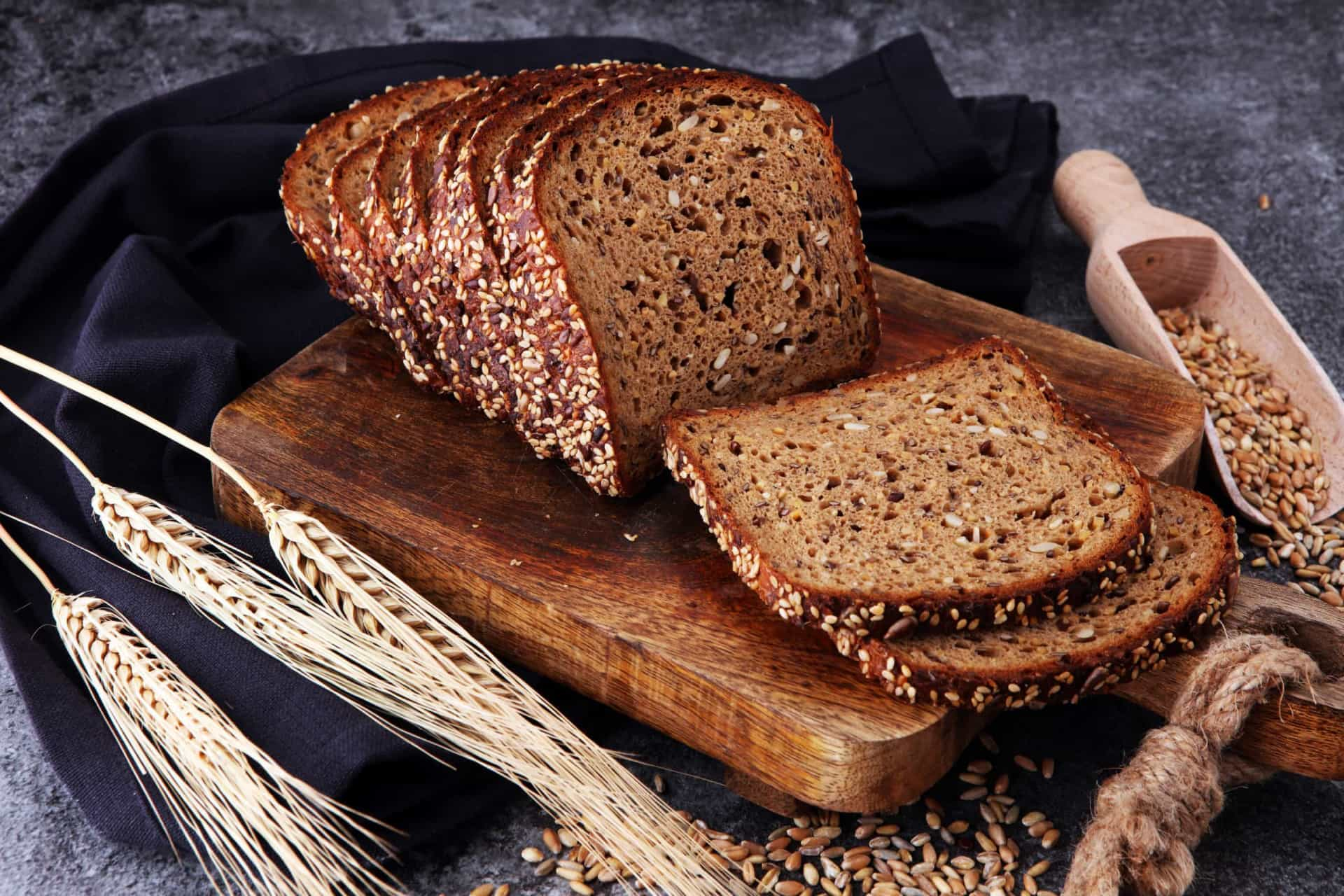
There can be more or less nutrients in a product than we expect
According to the rules, there’s quite a large margin for error when it comes to nutritional facts on food labels: they differ up to 20% from the stated number.
